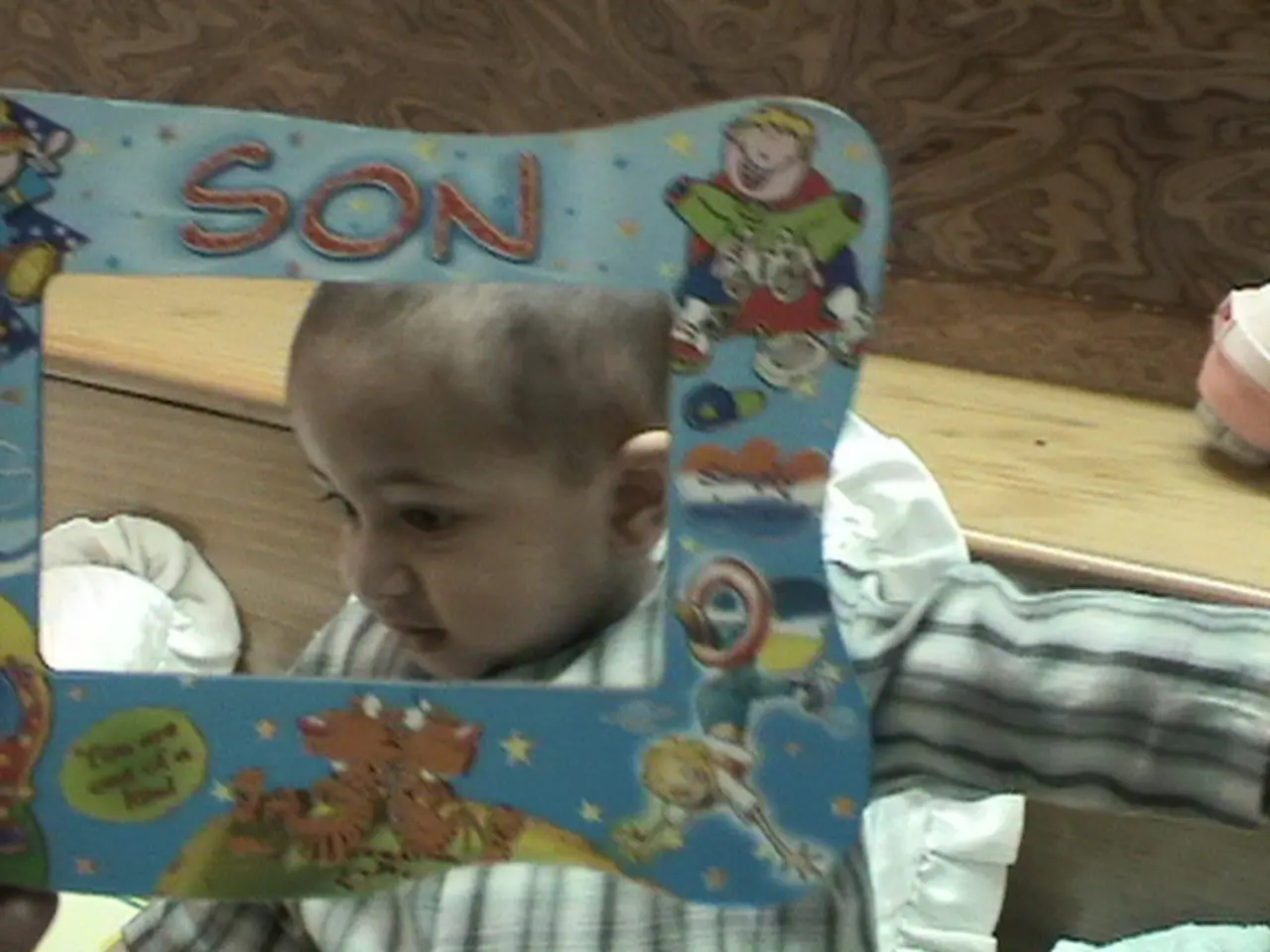The Question Explores Whether the Perception of the Present Moment May Slightly Linger Behind Reality by Up to Half a Second
In a fascinating exploration of the human brain, we delve into the approximately half-second delay between our conscious experience of events and their actual occurrence. This delay, which has been the subject of numerous experiments, sheds light on the intricate workings of our minds and the discrepancy between physical reality and our perception of it.
One of the most renowned experiments that demonstrate this delay is the Libet Experiment. In this study, participants' brain activity was measured while they made a decision to move. Surprisingly, a readiness potential—an indication of brain activity—occurred before the participants reported consciously deciding to move, illustrating the delay in conscious awareness.
This delay is not just confined to decision-making. The process of perceiving moving objects is also subject to this discrepancy. The Flash-Lag Effect, for instance, shows that most people perceive a flash occurring after a moving object has passed a stationary one, demonstrating the delay in conscious awareness.
The Cutaneous Rabbit Illusion further supports this idea. In this experiment, rapidly spaced taps on the forearm can result in feeling taps along the entire forearm, demonstrating the delay in conscious perception.
The root of this delay can be traced back to brain development and function. The process of myelination, which continues into adolescence or early adulthood for higher cognitive functions, plays a significant role. Different brain regions reach peak synapse production at various times, affecting their plasticity and information processing speed.
Moreover, the bandwidth of consciousness processing is significantly less than the bandwidth of sensory inputs generated by our body's sensory systems. This limitation in processing capacity contributes to the delay in our conscious experience.
The delay affects our understanding of voluntary actions and their relationship to conscious awareness. For example, in a Reaction Time Test, the typical reaction time is around 200-250 milliseconds, part of which is due to the delay in conscious processing.
Interestingly, stimuli that are perceived for too short a period to be consciously recognized can still influence our behaviour and decision-making. This suggests that our conscious mind may not always be in control, and that subconscious processes play a more significant role than we might think.
Despite this delay, our brain is remarkably adept at compensating for slight delays in sensory information. For instance, the brain can tolerate a slight delay (up to about 100-150 milliseconds) before asynchrony becomes noticeable in audio-visual synchronization.
In conclusion, our conscious experience lags behind actual events, creating a discrepancy between physical reality and our perception of it. Understanding this delay can provide valuable insights into the workings of our minds and the complex interplay between our conscious and subconscious processes.
Read also:
- Nightly sweat episodes linked to GERD: Crucial insights explained
- Antitussives: List of Examples, Functions, Adverse Reactions, and Additional Details
- Asthma Diagnosis: Exploring FeNO Tests and Related Treatments
- Unfortunate Financial Disarray for a Family from California After an Expensive Emergency Room Visit with Their Burned Infant








